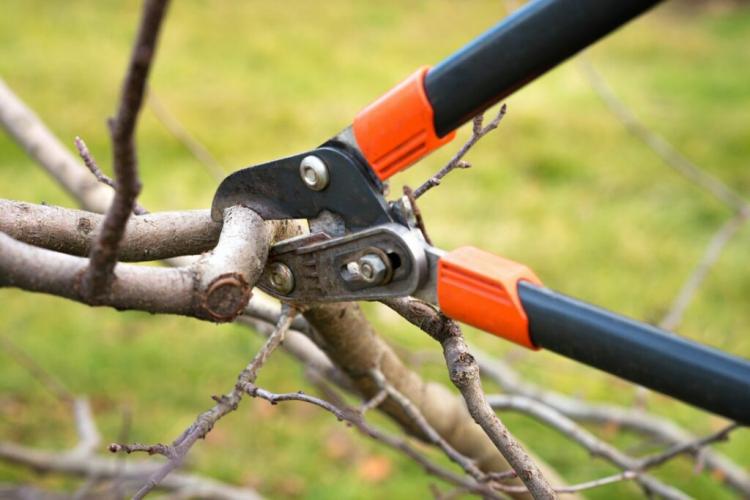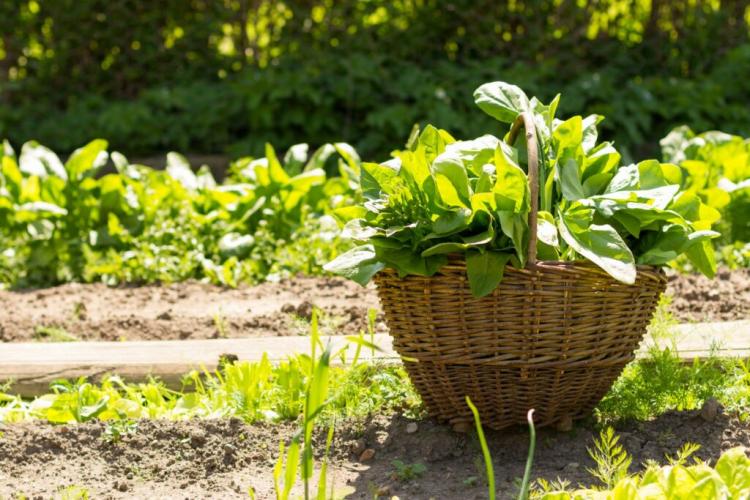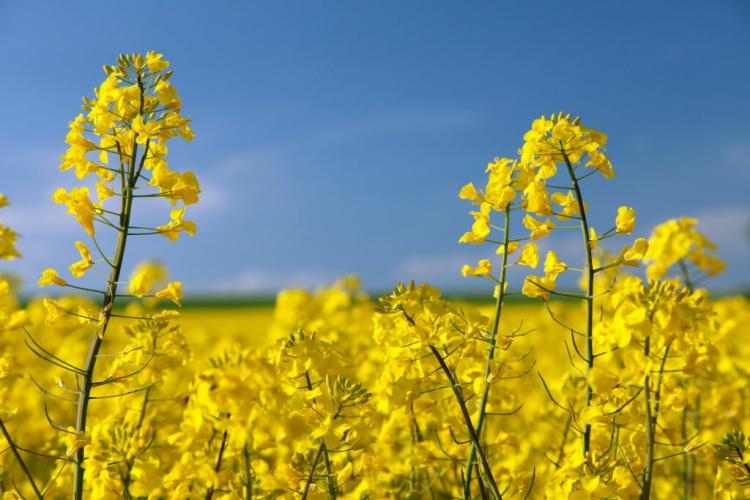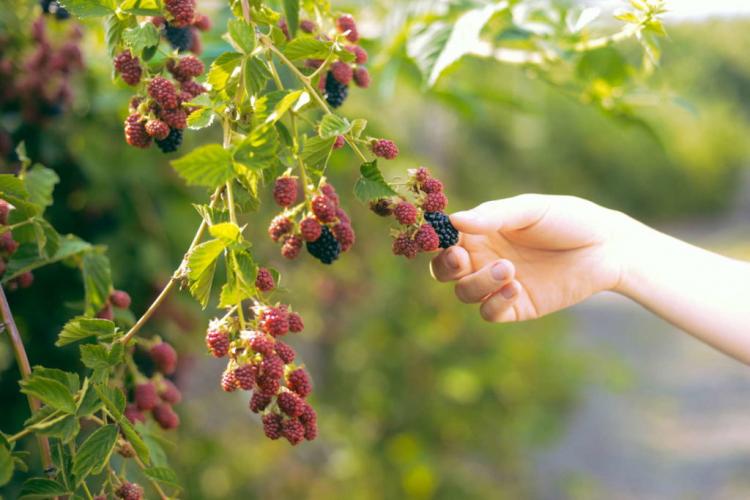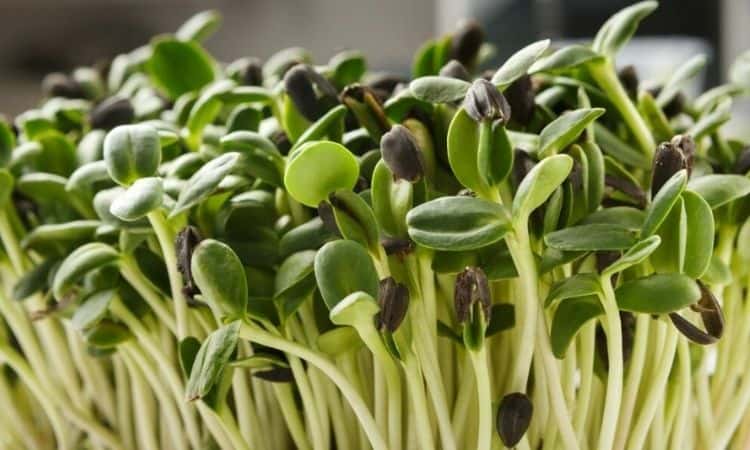Growing pointed cabbage: sowing, care and harvest time
Growing pointed cabbage in your own garden: We present suitable varieties and give tips and tricks from sowing, through care and fertilization, to harvest.
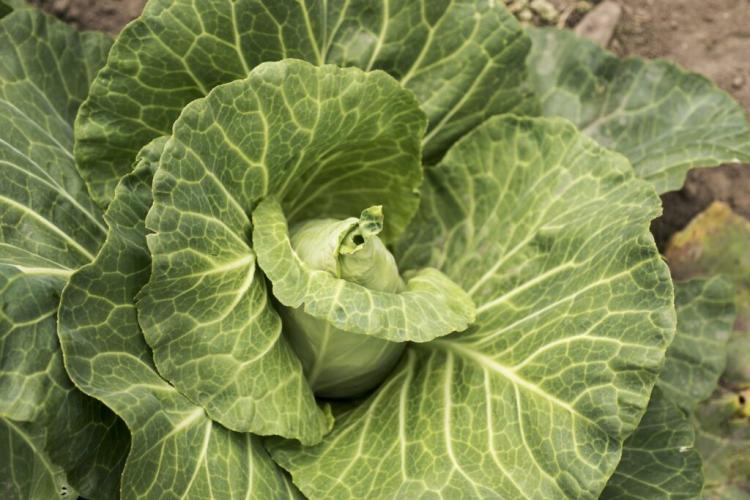
The pointed cabbage has very tender leaves [Photo: Carsten Medom Madsen / Shutterstock.com]
The pointed cabbage (also known as pointed cabbage) is a close relative of the white cabbage ( Brassica oleracea var. Capitata ). The special thing about this cabbage representative is its very delicate leaves. However, this fragile cabbage structure has a negative effect on its shelf life. Pointed cabbage can therefore often only be kept for about a week, depending on the variety. Wrapped in a damp cloth, however, the tender cabbage can be stored in the refrigerator for a few days without losing its bite. The crunchy cabbage leaves are particularly popular when preparing raw vegetable salads, vegetable snacks and, regionally, also for hearty cabbage noodles. The pointed cabbage heads are valued by gourmets for their high vitamin and mineral content and their low calorific value. Another advantage is the easy digestibility compared to other conspecifics. For hobby gardeners, the cultivation of pointed cabbage is worthwhile, because it is a very easy-care plant that gives fresh heads of cabbage early in the gardening season.
Growing pointed cabbage – this is how it works step by step:
- Choose the right variety. We have put together some recommendations for pointed cabbage varieties for you:
- Varieties with harvest time from the end of May:
- First fruit : as the name suggests, it is a very early variety; rapid growth ideally suited for growing in spring; from January the seedling is brought forward and transplanted into the garden in March.
- Harvest from September:
- Caraflex tolerant (F1) : pointed heads weighing 1-2 kg; the taste is very delicate; the crisp leaves are particularly recommended for raw vegetable salads.
- Kalibos : a handsome combination of pointed and red cabbage with beautiful reddish-purple heads of cabbage that can weigh about 1 kilo; however, the shelf life of this type of cabbage is very limited.
- Other hardy varieties:
- Hild’s ideal: high yield; extremely robust against frost; early sowing recommended.
- Varieties with harvest time from the end of May:
- If you want to harvest “early cabbage” in your garden in May, then you have to sow in January. A light window sill is best for this.
- Sunny beds are particularly good for the delicate cabbage plant. A somewhat shady location is also acceptable, but the harvest will be significantly better if the pointed cabbage can enjoy more hours of sunshine. A loose soil, also somewhat loamy, with sufficient nutrients is valued by this heavy eater. If the garden soil is sandy, you can improve the hollow with compost, manure and horn shavings before planting.
- When planting out, you should make sure there is sufficient space, we recommend around 40-80 cm. The young plants should definitely be protected from frost with a fleece cover overnight. The preferred early cabbage plants come outside at the beginning of March. Later varieties can be planted out in the garden in May or June.
- During the growth phase, you should regularly loosen the soil around the plant with a hoe. Pointed cabbage is one of the hoed plants: here regular loosening of the soil promotes growth and yield enormously.
- You need to water regularly during dry summer periods. It is fertilized with a nitrogen and potassium-based fertilizer such as our Plantura organic tomato fertilizer. Our tip: do not use any fertilizer at least one month before the start of the harvest, as this gives the pointed cabbage a sulphurous taste.
- Early varieties of pointed cabbage can produce the first crispy heads of cabbage from your own garden as early as the end of May if sown early. Late ripening varieties can be harvested well into autumn.
You Might Also Like Growing White Cabbage
Important tip: The location of the pointed cabbage should not be used to grow cabbage for at least four years. This is necessary to counteract diseases.
The pointed cabbage is closely related to the white cabbage. You can find out how to grow this in your own garden in our special article.

